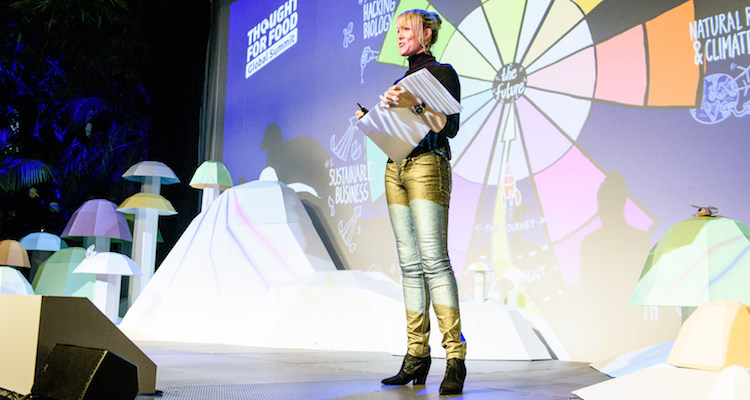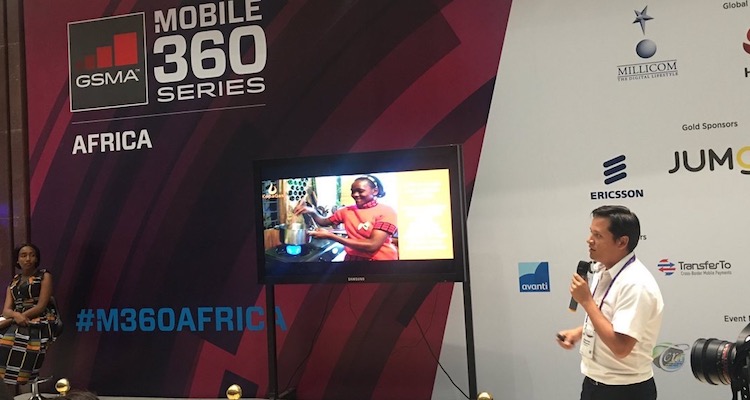Three years ago, a day after a massive earthquake and resultant tsunami devastated Japan’s northern Pacific coast, I was contacted by a friend who asked if I would drive a friend of his – a European television journalist who served as a one-man Asia-Pacific news bureau – into the affected region and help him to produce a handful of reports. I was happy to do the job (not least because I was curious to see for myself what I had seen in early television reports), and we managed to put together a good series of stories (and a longer follow-up series six months later).
I was busy on that trip planning, driving, etc., but of course I did bring my camera, and after I got back home to my fishing and farming village around an hour southwest of Tokyo, I put together a handful of short comics for friends and family that show a bit of what we saw.
The first comic shows firefighters from southern Japan – Hiroshima City – who were engaged in body recovery in the Wakabayashi district of Sendai City. In this series of images, the object they found in the not-yet-receded floodwaters was not a body, but many were still being recovered at that time. And of course, many thousands were never recovered.
In the second comic, we’re visiting a temporary evacuation center in Sendai City. Most of the people taking shelter here were earthquake, rather than tsunami victims (many of whom simply died – there were very few injured by the tsunami; you either made it or you didn’t). They had lost electricity and/or their homes were unstable following the earthquake, and they came to a local high school for food and shelter. But of course, there was very little food for several weeks, as the transportation links into the region – cut off from the rest of Japan by a range of small mountains – had been severely damaged. In this shelter a supervisor had meted out tasks to volunteers who cooked and cleaned and saw to the needs of those less able to help themselves (e.g. the elderly and small children). The students at the school were taking a leading role in helping the evacuees.
As is so often the case following a major disaster, fuel (of all sorts – kerosene is an important heating fuel in many Japanese homes) was in short supply for several weeks following the earthquake and tsunami. [Read my post on the work done by Fuel Relief Fund – in post-tsunami Japan and most recently in post-typhoon Philippines – here.]
Driving around looking for stories, we came across a gas station with a queue of people on foot and cars waiting for fuel. I talked with the manager of the station, and made a short comic. Amazing to me was that they were dispensing the fuel from electrically driven pumps although there was no electricity. The workers at the station had hit on a smart solution to the no-electricity problem, and I could not help but wonder how many developed world gas station managers would simply have put a “NO GAS” sign out front and stayed home until the power had been switched back on.
Roberto De Vido is a communications consultant who has lived and worked in Asia for 25 years. He is the editor of Aidpreneur.com and producer of the Terms of Reference podcast.






